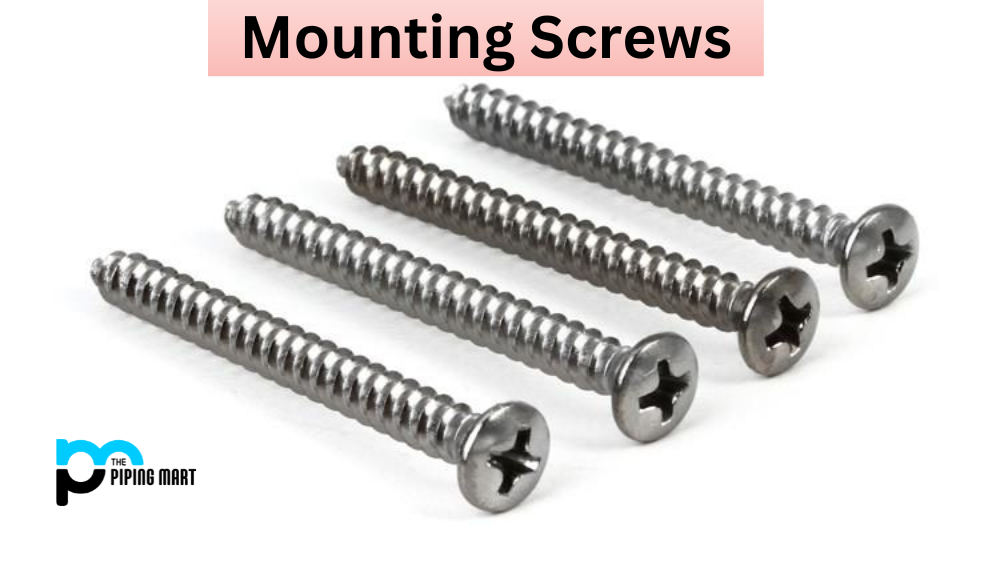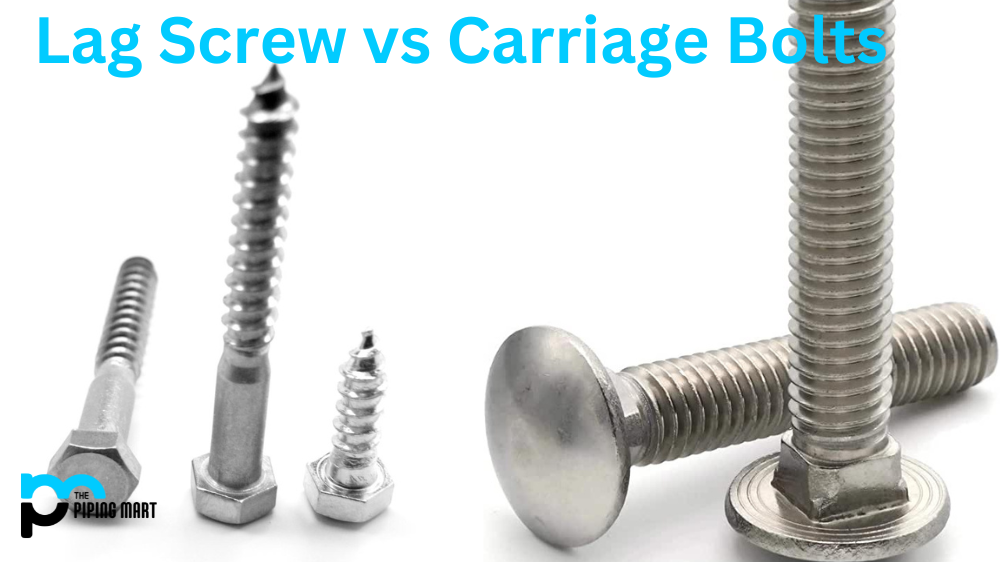As an expert in the field, I often get asked about the differences between knurled thumb nuts and cone nuts. While they may look similar at first glance, there are distinct differences between these two types of nuts that can make a difference in their usage. In this blog post, I’ll be explaining the difference between knurled thumb nuts and cone nuts in a point-wise manner. By the end of this article, you’ll better understand which one to use for your specific needs.
Knurled Thumb Nuts
Knurled Thumb Nuts are a fastener commonly used in mechanical engineering applications. They feature knurling on the exterior surface, allowing for easy gripping and tightening by hand instead of using a tool. This makes them ideal for quick repairs or adjustments in tight spaces where traditional wrenches or pliers may not fit. Knurled Thumb Nuts provide durability and corrosion resistance, making them suitable for various environments and industries.
Cone Nuts
Cone Nuts are a type of edible nut that is related to the popular almond. They have a hard, crunchy texture and a sweet taste. The cone-shaped nuts are native to South East and Southern Asia and are widely used in cooking. Cone Nuts contain high levels of healthy fats, proteins, dietary fiber, minerals such as phosphorus and magnesium, and vitamins B1, B3, E and K. These health benefits make them increasingly popular among health-conscious individuals looking for a tasty snack or meal addition!
Difference Between Knurled Thumb Nuts and Cone Nuts
Design and appearance:
First, let’s talk about the design and appearance of these two types of nuts. As the name suggests, knurled thumb nuts have a knurled (textured) exterior that makes them easier to grip and turn by hand. They also usually have a wider top surface, making it easier to tighten or loosen. On the other hand, cone nuts have a tapered (cone-shaped) design, with a smaller top surface offering less grip. They also typically have a smooth exterior.
Uses:
Knurled thumb nuts are often used in applications that require frequent adjustments or adjustments made by hand, such as securing panels or covers on machinery. Their textured exterior makes them ideal for situations where gloves or other protective gear are worn. Cone nuts, however, are often used when a more permanent solution is required, such as securing wheel or axle nuts. Their tapered design allows them to fit snugly in place, preventing the nut from loosening over time.
Materials:
Knurled thumb nuts and cone nuts can be made from various materials, including stainless steel, aluminium, brass, and plastic. However, knurled thumb nuts are more commonly made from plastic or aluminium, while cone nuts are more commonly made from stainless steel. Stainless steel is preferred for cone nuts because it offers higher corrosion resistance and is more durable in harsh environments.
Size and thread:
Knurled thumb nuts and cone nuts come in various sizes and thread types. However, knurled thumb nuts are more commonly found in smaller and finer thread types, while cone nuts are more commonly found in larger and coarser thread types. This is because cone nuts are often used in heavy-duty applications that require a larger size and coarser thread for added strength.
Cost:
Finally, let’s talk about the cost. Knurled thumb nuts are generally less expensive than cone nuts because they are easier to manufacture and are made from cheaper materials. However, this doesn’t necessarily mean that knurled thumb nuts are always the better choice – it depends on the specific application and the desired level of durability.
Conclusion:
Knurled thumb nuts and cone nuts may look similar, but they differ in design, usage, materials, size and thread, and cost. As an expert in the field, I recommend carefully considering your specific needs and requirements before choosing one. Consider factors such as frequency of adjustment, level of grip needed, desired level of durability, and size and thread requirements. By doing so, you’ll be able to select the right type of nut for your needs, ensuring a safe and secure fastening solution.




